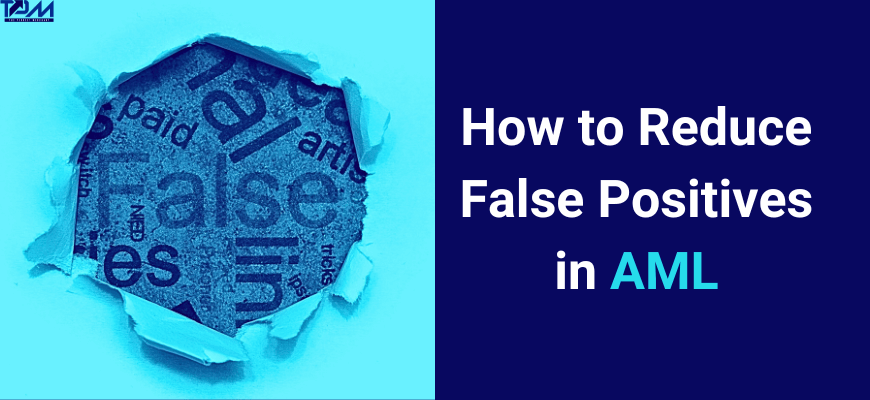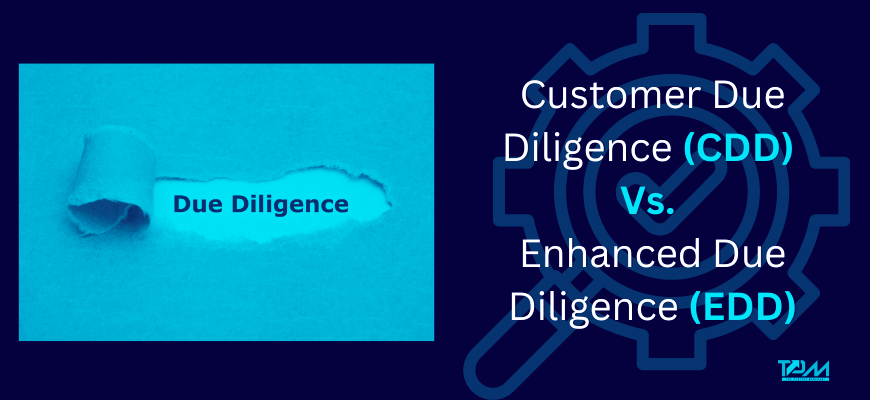
Aug
Transaction Monitoring Investigation: Steps and Process Flow Explained
Transaction monitoring investigation is a cornerstone of anti-money laundering (AML) compliance for financial institutions and other AML-regulated businesses. This piece outlines the core transaction monitoring steps required for businesses to fulfill AML compliance and avert financial crimes. Key takeaways on…
Read More
Aug
How To Calculate False Positives in Transaction Monitoring (And Reduce Them)
Let’s start with a scenario we’ve all seen: a perfectly legitimate transaction gets flagged as suspicious. That’s a false positive, and it’s a headache, especially in our world where AML compliance is non-negotiable. What are False Positives in Transaction Monitoring?…
Read More
Jul
Source of Funds vs. Source of Wealth (SoF vs. Sow)
SoF refers to the origin of the funds involved in a transaction, while SoW pertains to the total accumulation of a customer's wealth over time. In the context of SoF vs. SoW, banks, and financial institutions place significant emphasis on…
Read More
Jul
AML False Positives: How To Identify and Reduce Them
Your AML system flags so many transactions as suspicious, only to find out later that they were perfectly legitimate. This phenomenon, known as false positives, can be a real headache. What Are AML False Positives AML false positives occur when…
Read More
Jul
Smurfing Vs. Structuring in Money Laundering: A Complete Guide
Smurfing vs. structuring—both are methods used in the “placement” stage of money laundering, where illicit money is introduced into the financial system. In this piece, we will examine smurfing vs. structuring, offering a detailed look at smurfing and structuring in…
Read More
Jul
Customer Due Diligence (CDD) vs. Enhanced Due Diligence (EDD)
CDD and EDD are important processes to prevent money laundering and terrorism financing. They differ in how detailed the investigations are. Before getting into details, let's first cut straight to what is the difference between CDD and EDD with a…
Read More